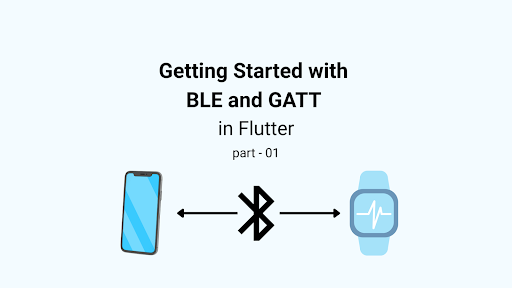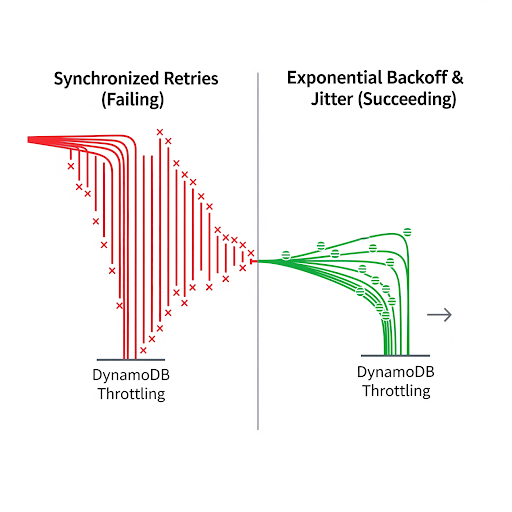In database management systems (DBMS), handling data effectively and ensuring its consistency are of utmost importance, especially when multiple users access and modify data concurrently. One key concept that helps achieve these goals is transactions. This blog will explore what transactions are, their importance, and how DBMSs use transactions to uphold data integrity and maintain consistency.
What is a Database Transaction?
A transaction in DBMS is a logical unit of work that consists of one or more database operations, like reading or writing data. Transactions help ensure that a set of operations either entirely succeeds or fails, leaving the database in a stable state. This all-or-nothing approach is fundamental in applications where data consistency is critical, such as banking, inventory management, and online booking systems.
In essence, a transaction groups several database commands into a single operation that follows the same properties for maintaining data integrity.
Properties of Transactions
The effectiveness of transactions is defined by the ACID properties, which stand for:
- Atomicity: This property ensures that a transaction is treated as a single, indivisible unit. Either all operations in the transaction are executed successfully, or none are. If an error occurs, the database is rolled back to its previous state.
- Consistency: A transaction must bring the database from one valid state to another. Any data written to the database must be valid according to all predefined rules, including constraints and triggers.
- Isolation: Transactions must operate independently of one another. Changes made in one transaction should not be visible to other transactions until they are committed. This can be managed using various isolation levels (such as Read Uncommitted, Read Committed, Repeatable Read, and Serializable).
- Durability: Once a transaction has been committed, its effects are permanent. The data will remain intact even in the event of a system failure.
Let’s understand these properties by a real world example.Imagine a scenario where a customer wants to transfer $100 from Account A to Account B in the same bank. This seemingly simple transaction involves several steps, each governed by the ACID properties to ensure accuracy and reliability. Steps in the transaction are:
- Deduct $100 from Account A.
- Add $100 to Account B.
- Commit the transaction to finalize the changes.
Let’s see how each ACID property is applied to this transaction:
- Atomicity
For the bank transfer, Atomicity means that both the deduction from Account A and the addition to Account B must occur together. If there’s an issue (e.g., insufficient funds in Account A or a system failure after the deduction but before the addition), the transaction will roll back, and neither account will reflect any changes. This guarantees that a partial transfer, which could result in data inconsistency, doesn’t happen.
- Consistency
For this bank transfer, consistency checks include ensuring that funds deducted from Account A exactly match the amount added to Account B. Also, business rules like maintaining a minimum balance in each account must be met. Consistency ensures that all balances, constraints, and rules are adhered to throughout the transaction, keeping the bank’s financial records accurate.
- Isolation
Suppose another transaction is trying to access Account A or Account B during the transfer. Isolation ensures that this transfer is treated as an independent operation. For instance, if a bank teller views the balance of Account A while the transfer is in progress, they should either see the balance before or after the transfer, not during the deduction or addition. This isolation prevents “dirty reads” or “non-repeatable reads” that could lead to data inconsistencies.
- Durability
Once the bank transfer completes and is committed, the changes to Account A and Account B are saved permanently. If the system crashes right after the transaction completes, the updated balances will still be intact upon recovery. Durability ensures that the $100 deduction from Account A and the $100 addition to Account B are both saved and cannot be lost after the transaction is committed.
Operations Involved in a Transaction
In a transaction , several operations are performed . Some of them are mentioned below
- READ
The READ operation retrieves data from the database.During a transaction, data may be read multiple times, and the isolation property ensures that concurrent transactions do not affect each other’s reads in unintended ways.
- WRITE
The WRITE operation modifies data within the database, either by updating existing data, inserting new records, or deleting existing ones.Writes are often controlled by locks or other mechanisms to prevent conflicts when multiple transactions try to modify the same data concurrently.
- COMMIT
This operation signals the successful completion of the transaction.Once a transaction is committed, all changes made by the transaction become permanent in the database.Committed data is then made visible to other transactions, and it becomes durable (in case of a crash, the committed changes remain intact).
- ROLLBACK
The ROLLBACK undoes all changes made by the transaction, returning the database to its state before the transaction started.This operation is crucial for handling errors or exceptions that prevent the transaction from completing successfully.Rollback can be triggered manually, automatically by the DBMS in case of failure, or when specific conditions in the application are not met.
Transaction States
To manage transactions effectively, it’s essential to understand the different states a transaction can go through:
- Active: The transaction is in progress, executing its operations.
- Partially Committed: The transaction has completed its final operation but has not yet been committed.
- Failed: An error or failure has occurred, halting the transaction.
- Aborted: The transaction has rolled back due to failure and is effectively undone.
- Committed: The transaction has completed successfully, and all changes are saved permanently.
- Terminated: The transaction has ended, either successfully (committed) or unsuccessfully (aborted).

In the above picture different states of a transaction are shown . These states allow a DBMS to track and control transactions, helping to maintain consistency and integrity.
Conclusion
Transactions in DBMS play a vital role in maintaining data integrity, especially when handling complex operations and concurrent users. By adhering to the ACID properties, DBMSs provide a reliable way to manage data changes, ensuring consistency, isolation, and durability.
Whether in banking, e-commerce, or inventory management, transactions form the backbone of a reliable database system. As data demands grow, understanding transactions and their control mechanisms becomes increasingly essential for developers and DBMS administrators alike.





















